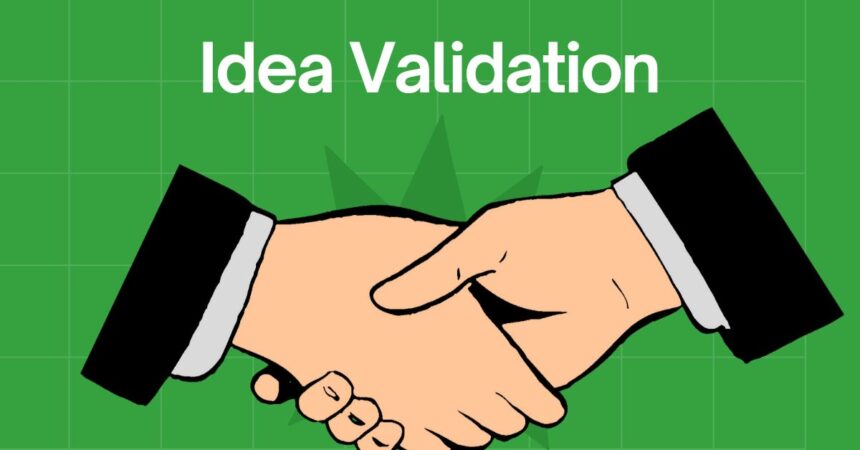Idea validation is the process of assessing whether a business idea has the potential to succeed before committing significant resources. It involves gathering feedback from your target audience, analyzing market trends, and running small-scale experiments. For startups, validating an idea early reduces the risk of investing in products or services that might not find a market.
Key Takeaways
- Idea validation helps identify whether a concept solves a real problem for your target audience.
- Techniques include customer interviews, surveys, prototyping, and landing pages.
- The process minimizes risks and ensures resources are directed toward viable ideas.
- Startups should view validation as an iterative, data-driven process.
Steps to Validate Your Business Idea
- Define Your Target Audience: Identify the group most likely to benefit from your product or service.
- Conduct Research: Use surveys, interviews, and competitor analysis to understand customer needs.
- Build a Prototype or MVP: Create a basic version of your idea to gather user feedback.
- Test Market Demand: Run experiments like A/B testing, pre-order campaigns, or social media ads to gauge interest.
For instance, Buffer, the social media scheduling tool, validated its idea by creating a simple landing page that outlined the product’s features and collected email addresses from interested users.
Benefits of Idea Validation
- Saves Time and Money: Avoids building products that lack market demand.
- Customer-Centric Focus: Ensures the product aligns with user needs.
- Confidence in Execution: Provides data to justify moving forward with the idea.
Challenges in Idea Validation
- Bias in Feedback: Friends and family may offer overly positive opinions.
- Resource Constraints: Building prototypes and running tests may require upfront investment.
- Market Dynamics: Rapidly changing trends can impact the relevance of an idea.




